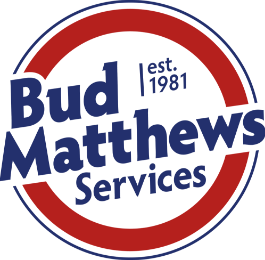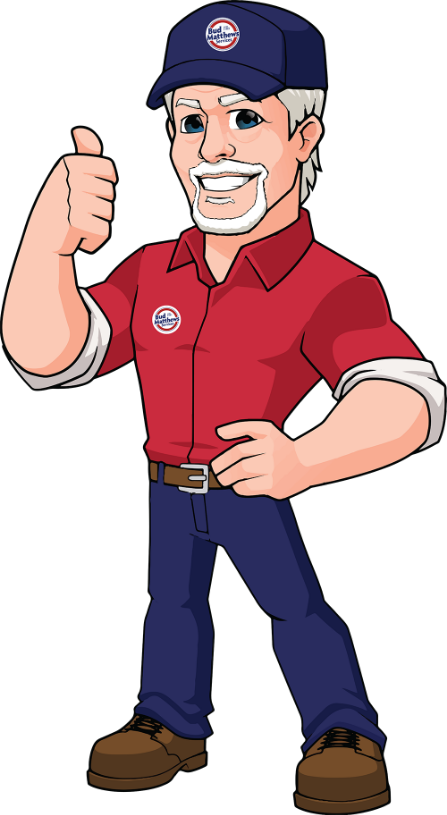![]() You probably aren’t aware of this, but a large part of the plumbing for your house is located down in the concrete foundation slab. It’s an easy way to pipe water into the house, and it keeps the pipes out of the way. But it doesn’t necessarily keep them out of the way of harm. If your home has hot and cold water pipes down in its foundation, the house is at risk of slab leaks at some point. And slab leaks are costly, wasteful, and can even create health troubles due to mold growth.
You probably aren’t aware of this, but a large part of the plumbing for your house is located down in the concrete foundation slab. It’s an easy way to pipe water into the house, and it keeps the pipes out of the way. But it doesn’t necessarily keep them out of the way of harm. If your home has hot and cold water pipes down in its foundation, the house is at risk of slab leaks at some point. And slab leaks are costly, wasteful, and can even create health troubles due to mold growth.
Watching Out For Slab Leaks
Slab leaks can occur because of pipe bursts or because of corrosion along the pipes. Pipes can also abrade against the concrete slab, wearing them away. (This is more common in hot water pipes, which account for 80% of slab leaks.) Even a shift in the foundation can lead to a broken pipe and a slab leak.
You want to catch slab leaks as soon as possible so you can summon a plumber in Durham, NC to fix the leak before larger problems start. Here are some of the signs your house has a slab leak problem:
- The floor feels hot: In-floor heating is a great way to warm up a house. But if your floorboards feel hot and you don’t have in-floor heating, then you may have a slab leak allowing water from the hot water lines to escape. The temperature change won’t be extremely hot, but if it’s warmer than usual, it’s something to have a plumber look into.
- Drop in water pressure: When the water pressure from taps in your house feels weaker than normal, it might be a municipal issue that will soon clear itself up. If it doesn’t, it may be a warning that there are leaks somewhere in the freshwater pipes—and the pipes in the foundation are a culprit.
- Cracks in the floor: This is one of the most urgent of all signs of slab leaks, because it means the escaping water has built up enough pressure to damage the floors. Don’t hesitate to call for a professional plumber.
- Unexpectedly high water bills: Slab leaks are a leading cause for water waste in homes. If you keep track of the average gallons of water you use per month (and we strongly recommend that you do so), a spike in usage and water costs will alert you to the presence of a major leak somewhere—probably a slab leak.
- Strange water heater behavior: We mentioned that leaks in the hot water line can account for 80% of slab leaks. This loss of hot water will cause unusual activity from a water heater, forcing it to come on more than necessary. Have plumbers check out this strange behavior from the water heater to see if slab leaks are responsible or if the water heater needs another type of repair.

